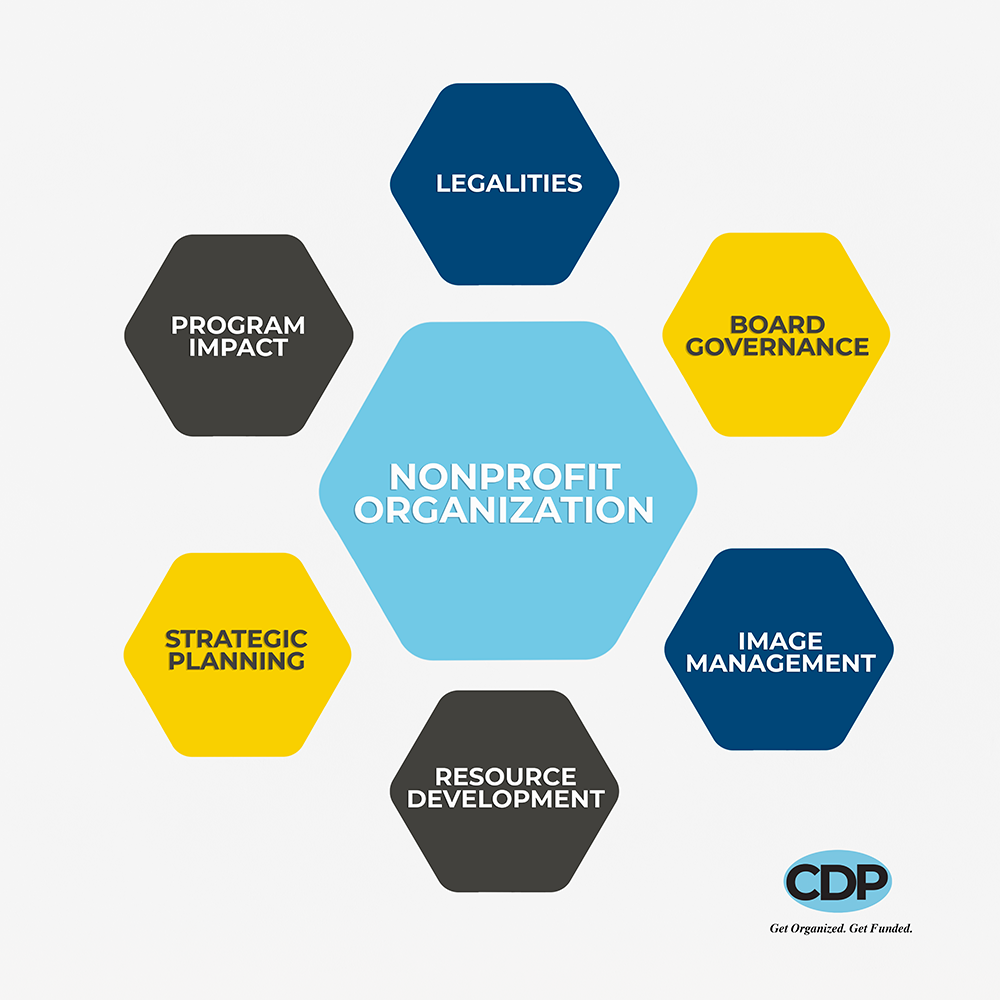The Importance of Cooperation and Collaboration for a Nonprofit Company in Maximizing Resources and Enhancing Neighborhood Engagement
In the world of not-for-profit companies, partnership and collaboration become important devices for fostering and enhancing sources neighborhood engagement. By tactically involving with other organizations, nonprofits can utilize shared proficiency and financial backing, consequently dealing with facility social challenges extra adeptly. Moreover, these partnerships not only boost program effectiveness however likewise cultivate a much deeper feeling of area involvement and ownership. Yet, real capacity of these collective initiatives usually remains untapped, raising concerns about how finest to browse collaborations for ideal influence and continual success. What elements add to the efficiency of these cooperations?
Benefits of Cooperation

Furthermore, cooperation cultivates innovation by motivating the exchange of concepts and finest methods. When companies interact, they can explore diverse viewpoints, leading to innovative services that may not emerge in isolation. This common analytical method can inevitably boost service distribution and program results.
Additionally, joint initiatives can enhance community interaction. When nonprofits partner with one an additional, they can activate more comprehensive support from stakeholders, consisting of volunteers, contributors, and community participants. This collective involvement not only increases presence but likewise enhances the trustworthiness of the taking part companies.
Structure Strategic Collaborations
Collaboration amongst not-for-profit agencies frequently leads to the formation of strategic partnerships, which are crucial for maximizing effect and accomplishing shared goals. These partnerships allow organizations to leverage each various other's staminas, enhancing service delivery and broadening outreach. By lining up objectives and goals, nonprofits can create a synergistic impact that intensifies their reach and effectiveness within the neighborhood.
Structure critical partnerships requires careful planning and shared understanding. Developing open lines of communication cultivates trust fund, enabling companions to talk about sources, assumptions, and duties transparently.
In addition, clearly defined responsibilities and functions are important for responsibility and success. Defining the collaboration with created agreements can offer a structure for partnership, detailing the range of work, performance metrics, and analysis approaches. By fostering these strategic alliances, not-for-profit companies can enhance their capacity to address neighborhood requirements, innovate solutions, and set in motion sources effectively, ultimately bring about a more lasting and significant influence in the communities they offer.
Sharing Resources Efficiently
Just how can nonprofit firms maximize their impact via efficient resource sharing? By purposefully teaming up with various other companies, nonprofits can improve their operational performance and expand their reach within the community. Source sharing entails merging numerous assets, including funds, employees, know-how, Check This Out and centers, to deal with typical objectives better.

In addition, leveraging each various other's staminas can foster development. By trading understanding and ideal methods, firms can enhance service delivery and establish brand-new options to area challenges. Reliable resource sharing likewise grows a feeling of unity, enhancing the idea that collaboration is necessary for achieving considerable social influence.
Engaging the Community
What strategies can not-for-profit firms utilize to efficiently involve their areas? Utilizing numerous platforms, such as social media, newsletters, and area discussion forums, allows firms to share info, get responses, and foster discussion.
In addition, forming collaborations with regional organizations can enhance outreach efforts. nonprofit agency. Collaborating with institutions, organizations, and other nonprofits can enhance resources and develop a more extensive assistance network, enabling joint efforts that resonate with neighborhood needs
Additionally, holding neighborhood events, workshops, and volunteer opportunities can assist in much deeper involvement. These tasks create a sense of belonging and motivate active involvement, making it possible for people to add to the agency's objectives while developing connections with fellow community members.
Measuring Collaborative Success
Assessing the performance of collaborative efforts is necessary for not-for-profit companies looking for to optimize their impact. Determining collaborative success entails establishing clear, measurable goals and utilizing a variety of metrics to analyze efficiency. Trick indicators might consist of the variety of partnerships developed, resources shared, and the tangible results accomplished via collaboration.
To efficiently determine success, nonprofits need to execute a framework that includes both qualitative and measurable information. Surveys and interviews can supply understandings right into stakeholder complete satisfaction and the regarded worth of partnerships. Additionally, tracking metrics such as service reach, neighborhood engagement levels, and monetary performance can offer a thorough view of joint effectiveness.
Routine evaluations must be performed to determine locations of improvement and ideal practices. This home iterative process not just improves liability but additionally fosters a society of continual discovering within the organization - nonprofit agency. By transparently sharing assessment results with partners and stakeholders, nonprofits can strengthen relationships and build depend on
Inevitably, determining collaborative success makes it possible for not-for-profit companies to improve their techniques, allot resources a lot more effectively, and strengthen their mission-driven initiatives, causing a better cumulative influence on the communities click now they serve.
Final Thought

In the realm of nonprofit companies, partnership and collaboration emerge as important devices for promoting and intensifying sources neighborhood engagement - nonprofit agency. By promoting these tactical partnerships, not-for-profit companies can improve their capacity to resolve neighborhood requirements, introduce solutions, and activate sources successfully, ultimately leading to an extra sustainable and substantial influence in the communities they offer
By strategically collaborating with various other organizations, nonprofits can boost their functional performance and expand their reach within the community.What methods can nonprofit agencies use to efficiently involve their communities?Partnership and partnership stand as essential columns for not-for-profit agencies aiming to optimize sources and enhance community interaction.